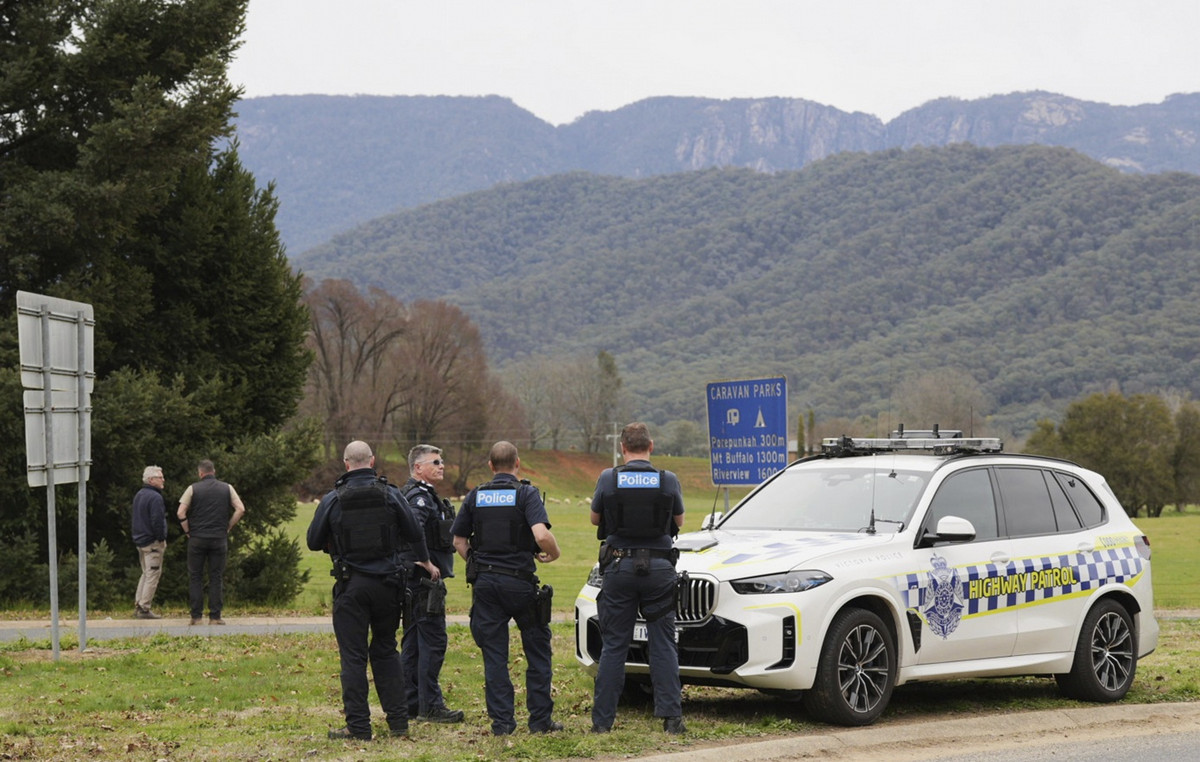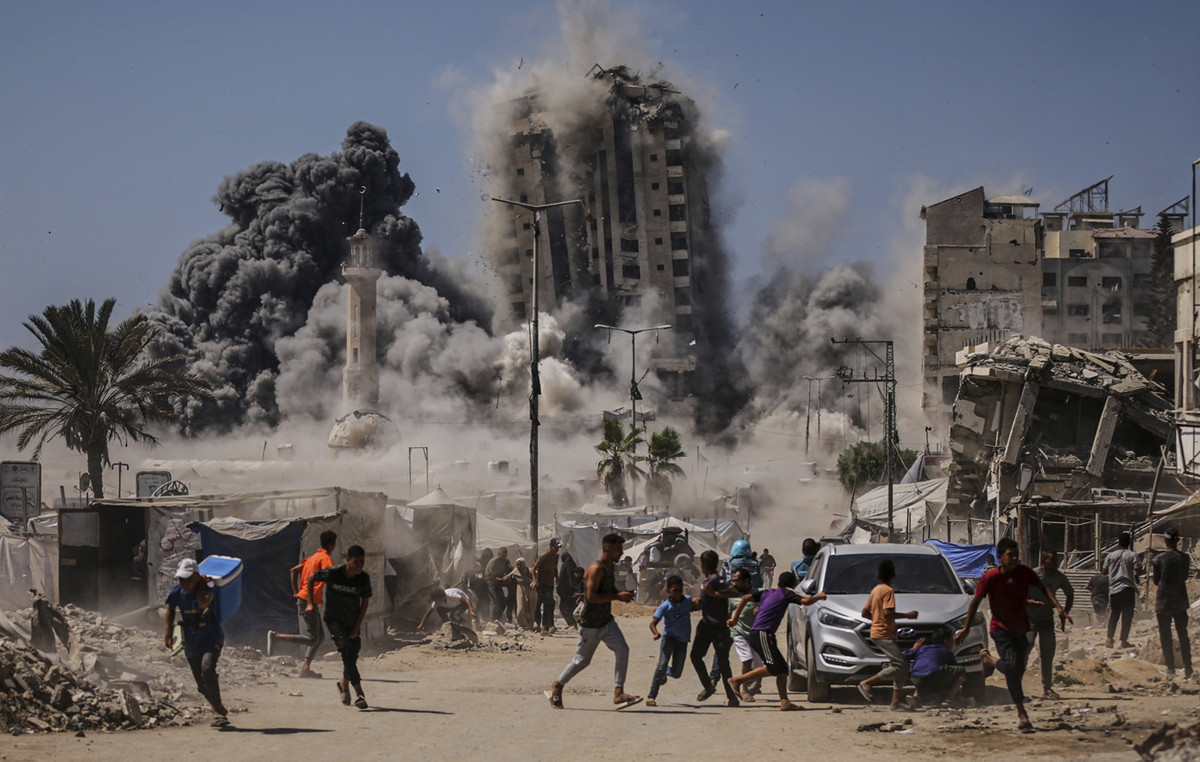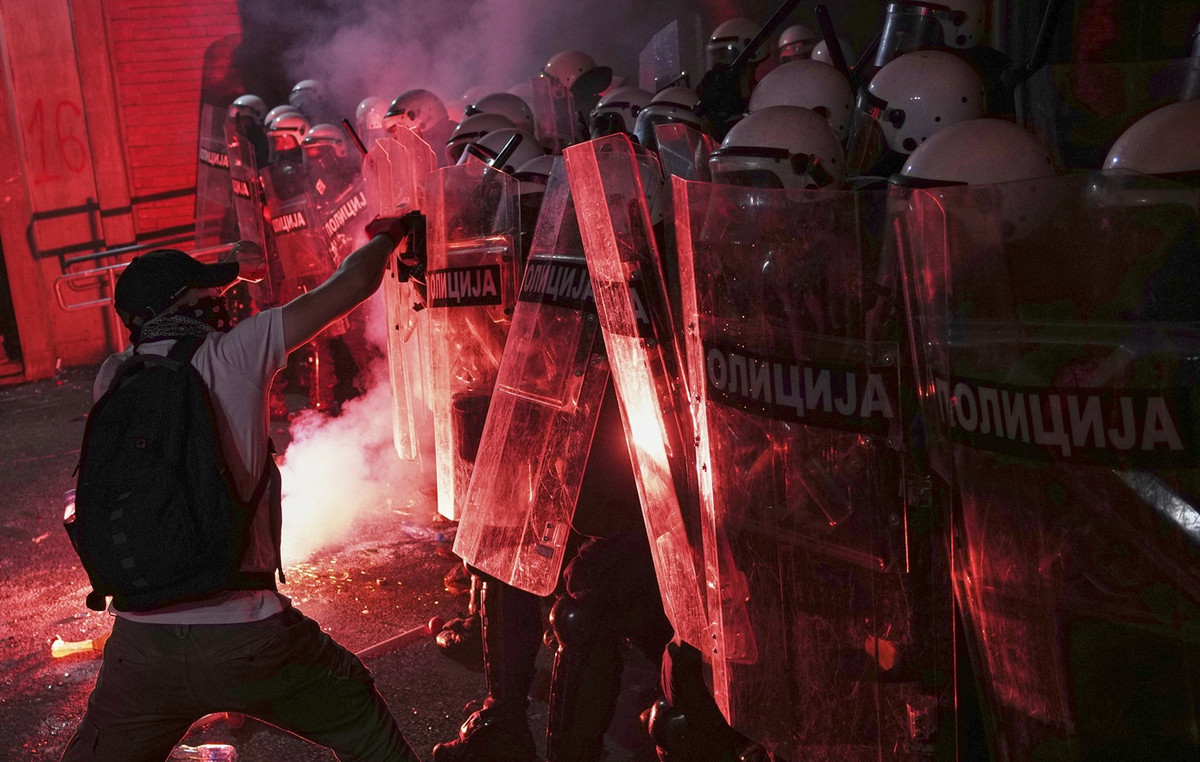Gone are the days when a mirrorless camera was exotic, raised a lot of questions and, at best, was just an addition to the main DSLR camera. The market is changing rapidly and today various manufacturers declare that they are not averse to abandoning the usual DSLRs (DSLRs) altogether.
Canon entered the mirrorless niche a long time ago, back in 2012. But with full-frame “serious” devices, it dragged on for a long time. Until 2018, when I presented the Canon EOS R model. I took this camera and went on a little trip to find out how life is with a mirrorless camera in 2021 and with the firstborn from Canon in particular.
EOS R features
- 30 MP matrix, full frame.
- Photo with a resolution of 6720 × 4480 pixels.
- ISO range: Auto, 100-40000 (extended 50-102400).
- The screen is touch-sensitive, swivel, 3.2 inches.
- Digital viewfinder with 100% frame coverage.
- Maximum shutter speed 1/8000 mechanical.
- Video recording in 4K 30p, 1080p 60p.
- Memory card: SD UHS-II standard.
- Built-in Wi-Fi and Bluetooth (control and data transfer).
- Weight 663 grams (with battery).


Will mirrorless cameras win?
In many areas, yes, but not everywhere
If in the beginning everything in which mirrorless cameras were not trusted was relevant, today the picture has changed. Look: we were able to win the general thoughtfulness, here thanks to the developments and experience of companies in the new niche. Moreover, technologies do not stand still, nobody canceled the banal increase in productivity.
The lens park is expanding greatly, and if at the start of sales for the same EOS R on the new RF mount there were very few “glasses”, today the assortment duplicates almost all models previously produced for SLR cameras. But one problem still remains relevant – the battery supply. And miracles are not yet foreseen, it remains to buy spare (which I do not see any particular problems) or use external charging, if the camera allows. For this model, make sure you have an LP-E6N battery. Canon also recommends a proprietary charger, but you will of course want to check the ones you have. But be aware that there is a risk of damage to the camera.


Over the years that mirrorless cameras have emerged as a new class of cameras, the benefits have become more and more evident. New focusing systems allow you to aim at a target faster and, just as important, focus more accurately. The latter is achieved by focusing directly at the expense of the matrix, respectively, and the guidance algorithms are different here. Here we can say goodbye to the acute problem of back- and front-focus in SLR cameras. This is when the focusing systems incorrectly transmitted information to the lens and back, because of which the focus could go further or closer from the focusing object. This is true for SLR cameras when shooting through the viewfinder.

The second, and almost the main thing, is image stabilization in the matrix itself. In SLR cameras, due to the fact that a complex optical scheme of the viewfinder was also involved in the shooting process, the implementation of stabilization was extremely rare. And now, in-sensor stabilization opens up new horizons for shooting without a tripod. Since the EOS R is one of the younger cameras in Canon’s full-frame lineup, it did not get the stabilization in the body. If this is a critical parameter for you, you will have to look towards the older models EOS R6 and EOS R5.



A compromise moment. If you have been using a DSLR camera for a long time, then you probably have accumulated a certain number of your favorite lenses. The good news is that you don’t have to sell them out and lose money. Canon has a DSLR mount adapter for the new RF mount, the base one is called Canon EF-EOS R. Supports EF and EF-S lenses.
I mentioned the base adapter. There is also an option in which you can install filters, be they polarizing or neutral. Now I will not describe the purpose of each type of filter, but I will say that it greatly facilitates shooting, since you do not have to move the filter from lens to lens.


And finally, it is worth mentioning that Canon EOS R, like many modern cameras, is a whole filming “combine”. There is also a set of interfaces for recording and monitoring sound. And various functions for bracketing, multiple exposure, not to mention time-lapse photography.

Availability and interaction with the branded application. In addition to the most obvious function (which will still save money) – the remote control, through the application you can automatically enter geotags into the picture. This is relevant for travel photographers, reportages and landscape painters. When paired with a smartphone via Bluetooth, the camera will take GPS coordinates and add them to the frame information (EXIF). Some pluses and free.
EOS R Lenses
There is already the entire assortment here, there is nothing to be afraid of
Again, since its launch in 2018, the lens lineup has grown a lot and is now ready to cover all the needs of the photographer and videographer. Moreover, many of them have stabilization!

There is also Canon’s classics, in the form of 15-35 mm, 24-70 mm and 70-200 mm with F2.8 aperture. By the way, Canon has released “28-70” with F2 aperture for RF mount! Almost all popular zoom lenses are duplicated by their more budgetary counterparts with an aperture of F4. Many prime lenses are also available. These are high-aperture portraits with an aperture of F1.2, and telephoto lenses with a focal length of up to 800 mm.



So if you are just discovering the world of photography and video, then the EOS R family is ready for your endeavors. There are also starting lenses, in the form of RF 24-105MM F4-7.1 IS STM, with which you can take pictures both on travel and on everyday life. During the time that I traveled with it, it has established itself as a compact, lightweight and reliable glass for everyday scenes and capturing what is happening around.
Finally, I note that Canon has added another control ring to many lenses in its new system. Making it possible to further customize the camera for yourself.




What is the bottom line?
Bolder, these are already full-fledged market participants
After reading the above, we can already conclude that the new (if I can say so about a system that is three years old) system from Canon is already completely independent. Here is the younger EOS RP with a price tag of 90,000 rubles, offering everything you need, coupled with a full frame. She, by the way, has a more classic control compared to the EOS R. The EOS R5 and EOS R6 models are already loved by videographers and even filmmakers. And the top of the modern choice of Canon mirrorless cameras is the reportage EOS R3 with a price tag of over 450,000 rubles.




I have already told about the lenses above, it is unlikely that someone will feel the lack of choice. The main thing is to understand which ones suit you for your tasks. And there already are models that are simpler and more expensive (lighter).
If at the start there were a lot of questions about the new system, now it is already difficult to find fault with anything. Well, and most importantly – do not forget that the pictures are taken by a person, not a camera, first of all.



Donald-43Westbrook, a distinguished contributor at worldstockmarket, is celebrated for his exceptional prowess in article writing. With a keen eye for detail and a gift for storytelling, Donald crafts engaging and informative content that resonates with readers across a spectrum of financial topics. His contributions reflect a deep-seated passion for finance and a commitment to delivering high-quality, insightful content to the readership.







